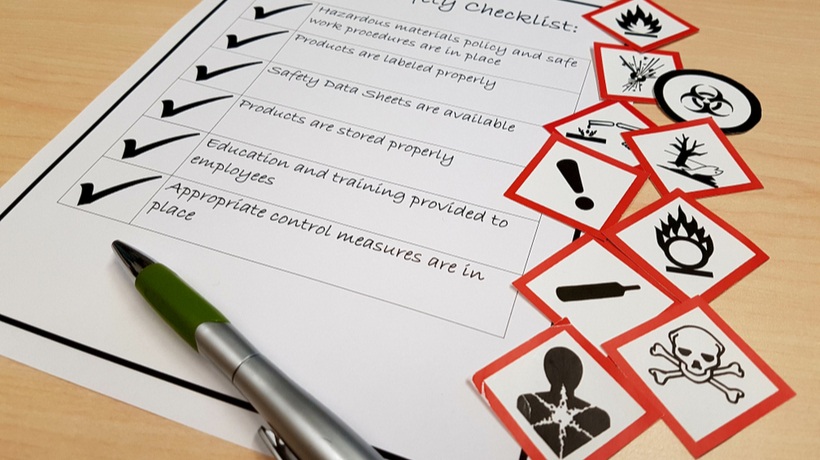Make Compliance Training Engaging
You are a pharmaceutical rep for a large pharmaceutical company. You have a busy week ahead. Lots of meetings to attend. Client meetings. Project meetings. And best of all, you need to complete a compliance training course. You aren’t impressed that you have to complete another boring compliance training course!
You’ve completed compliance training courses every year for ten years. Every year it’s the same old message. Be safe. Be kind to each other. Follow the rules. You’ve heard it all. The training consists of an hour-long video, with a few questions sprinkled at the end. You feel that it adds zero value to your role in the company. You consider it a win if you stay awake through it. You’re tired of it and really don’t have time for it this week.
You plead with your boss to get you out of it, but that is a no-go. They reminded you that compliance training is mandatory for all employees. No exceptions! A feeling of dread washes over you. The thought of attending yet another boring compliance training session makes you want to run. You begrudgingly walk into the training room. Sound familiar? Does compliance training have to be boring? Keep reading to learn more.
Why Is Compliance Training Important?
You are not alone. No one looks forward to compliance training. The only reason why employees attend is because it’s mandatory. Take a moment to think about this fact. Don’t you find this a little scary? After all, compliance training covers many important topics such as:
- Harassment
- Safety
- Cybersecurity
- Ethics
- Corruption and money laundering
- Government regulations
Non-compliance with government regulations can be costly. The costs of business disruption, license cancellations, and loss of reputation all add up. According to "The True Cost of Compliance" study, the cost of non-compliance is many times higher than the cost of compliance.
A Challenge To Design
Compliance training is challenging to design. It’s a unique type of training since it’s not about sharing information or teaching a new skill. Ensuring that employees follow company policies, industry standards, and government regulations requires behavior changes. The training needs to teach employees to behave in a particular fashion, regardless of their values or biases. Behavior is a choice, so it’s a challenge to bring about a behavioral change.
Compliance Training, A Necessary Evil?
Most employees feel that compliance training is an obligation or a necessary evil rather than a choice. This attitude toward compliance training is not limited just to the employees. Instructional Designers don’t exactly jump for joy when tasked with creating a compliance training course. Most don’t invest much time creating a great User Experience. Instead, they usually stick to the basics. This becomes problematic and defeats the purpose because the training becomes less impactful.
A great opportunity to positively influence a captive audience is to help change their perspective. With a little bit of effort, compliance training can be made impactful and entertaining. This isn’t always easy to do because organizations aren’t always open to this type of mindset change.
Resistance To Creating Engaging Compliance Training
Some organizations are reluctant to make compliance training fun and engaging. They are afraid that gamifying sensitive topics will minimize the importance of the content. Have no fear! As long as the following guidelines are applied, the objectives of the compliance training will be met:
- Relevant to the topic (subject matter)
Game elements or other supportive items that do not relate to the topic can be distracting and even add to the learner’s cognitive load. But used intentionally and carefully, elements like a map can actually be a meaningful central piece to health and safety training. - Relatable to the employees
This is where off-the-shelf compliance courses miss the mark. If you are a healthcare organization, but your accessibility training uses warehouse examples, your employees will be disengaged because they can’t relate to the topic. - Repeatable, so as to engage the employees regularly (annually)
Compliance is not one and done. It needs to be repeated in order to be effective and to mitigate the "forgetting curve" effect. Consider building a refresher course with up front knowledge tests for repeat learners to keep their engagement and interest high. - Must have recordable (measurable) results
This is the ultimate holy grail of compliance training. Consider early on what data is most meaningful for you, and how you intend to use it. With this in mind, you can design training that measures what matters.
Making Compliance Training Fun
Attending an impactful, engaging training session can create a positive employee experience. Contrary to popular belief, nothing in the design rule book says compliance training has to be boring. As we discussed, there are several ways to make compliance training engaging. In addition to the four Rs discussed above (relevant, relatable, repeatable, recordable), simple gamification, videos, or multimedia can be used to transform compliance training from a boring experience to an engaging one.










